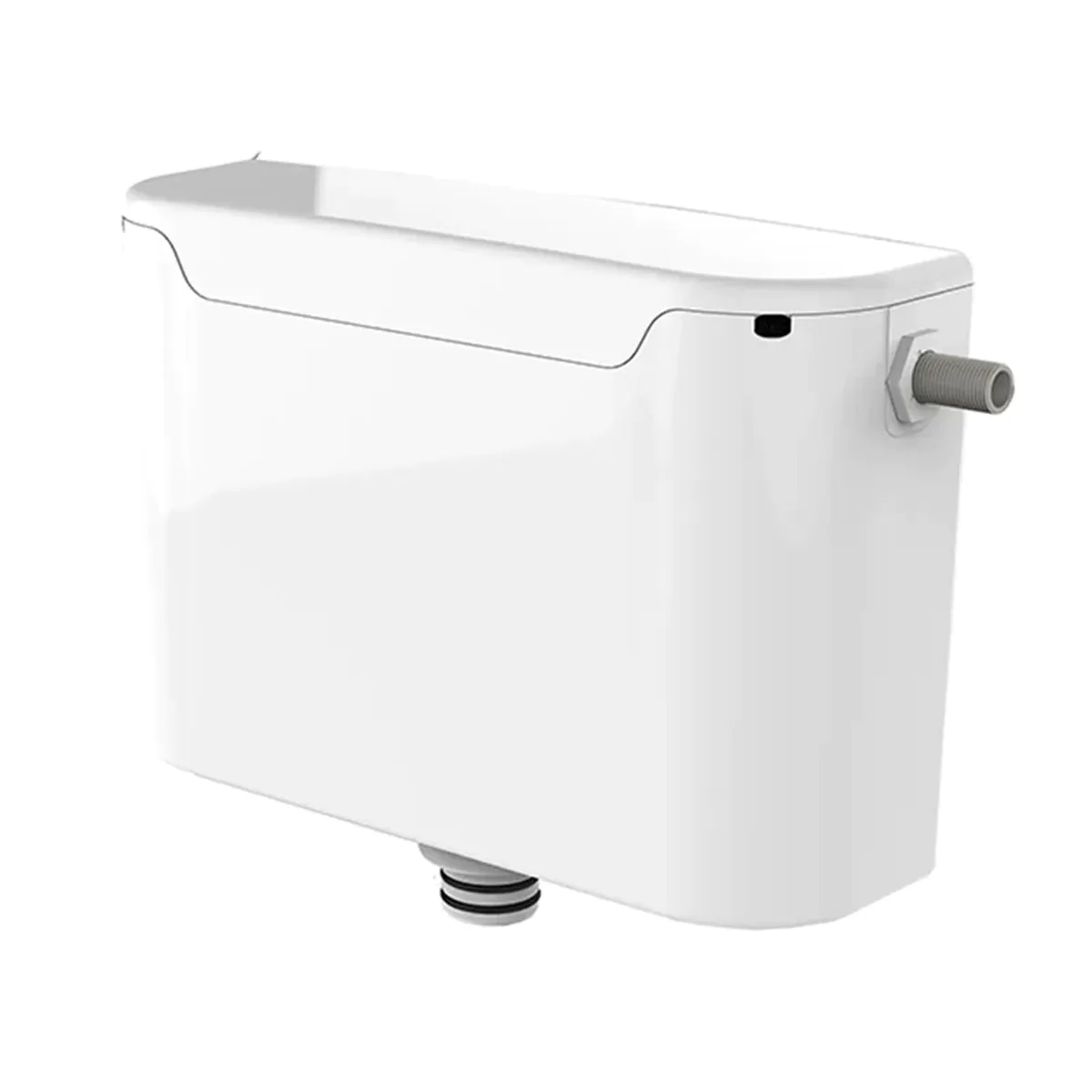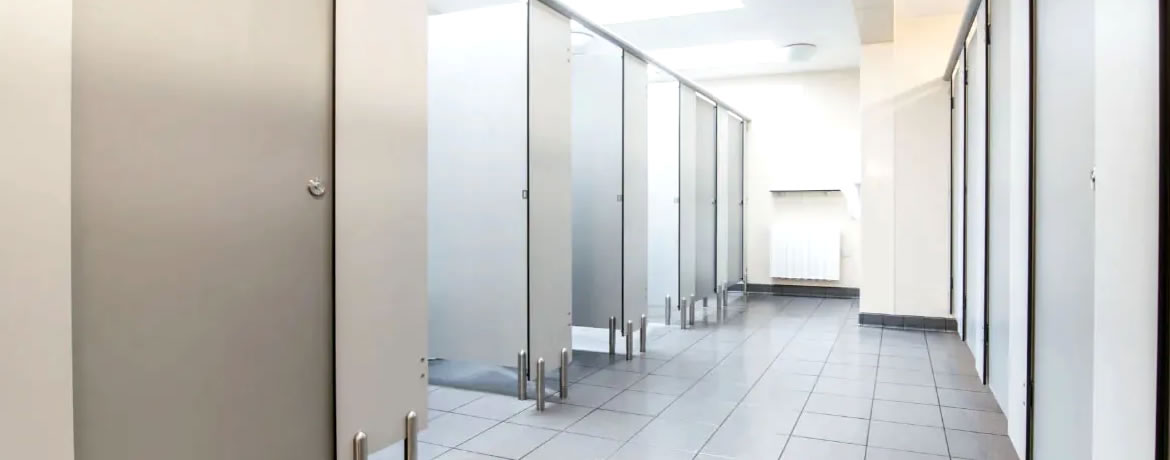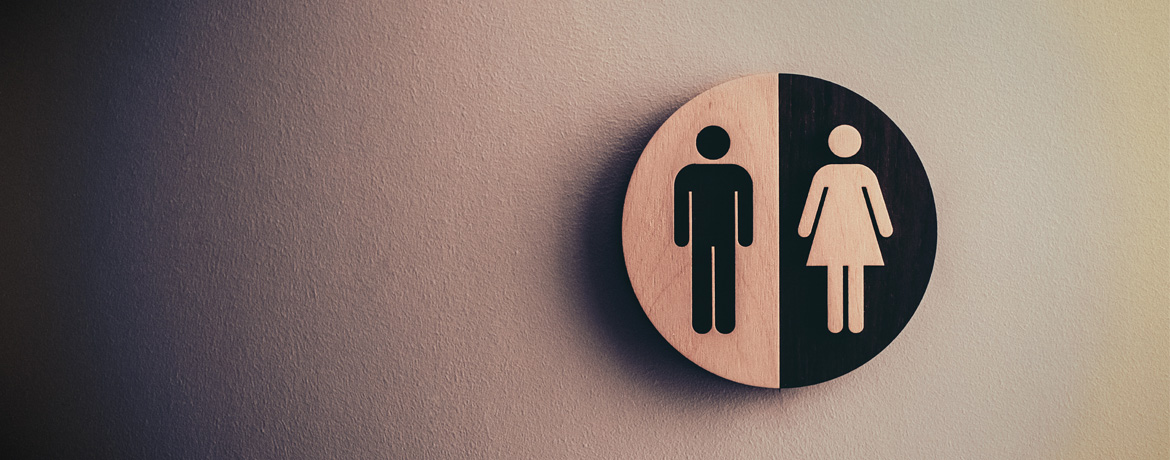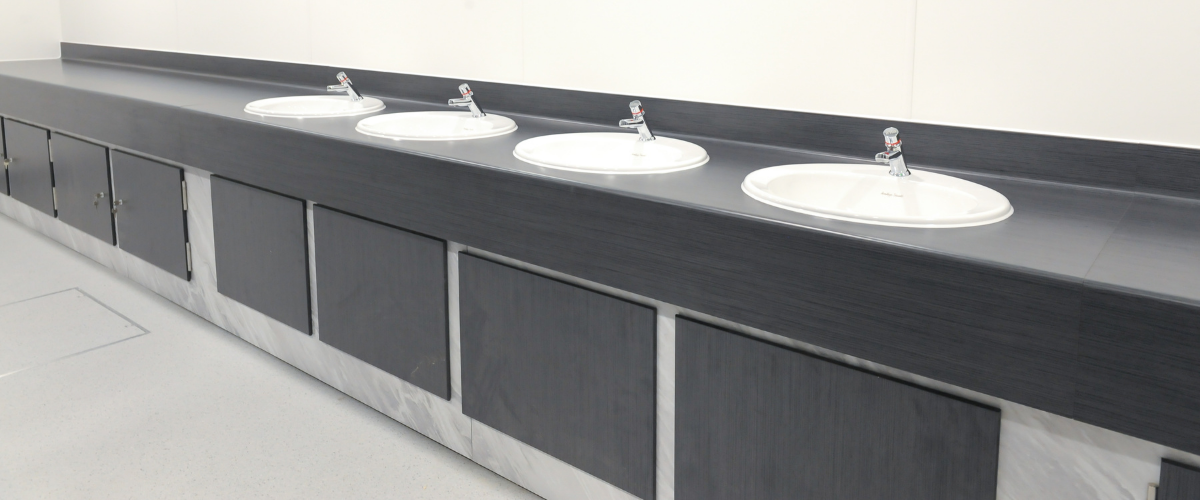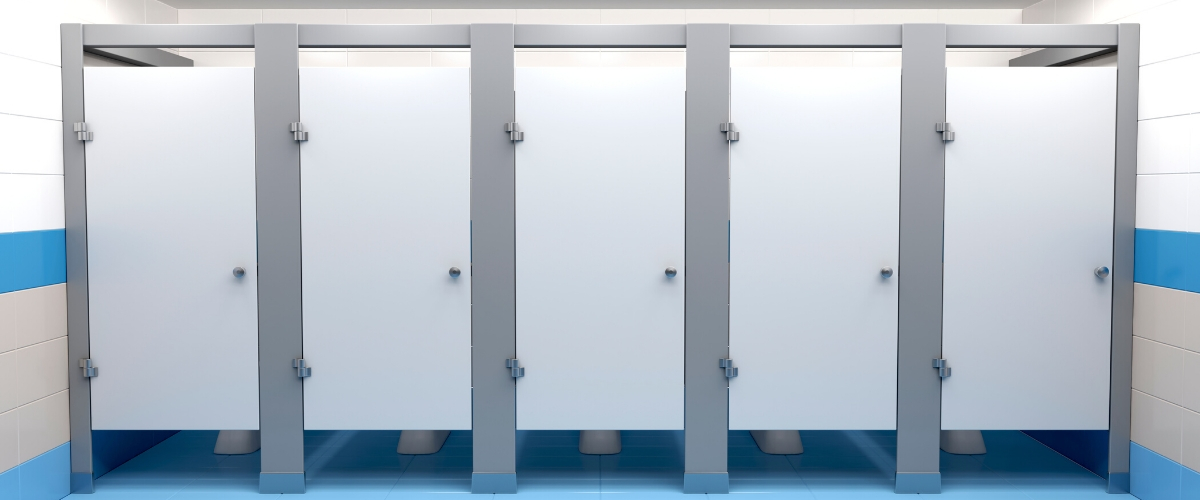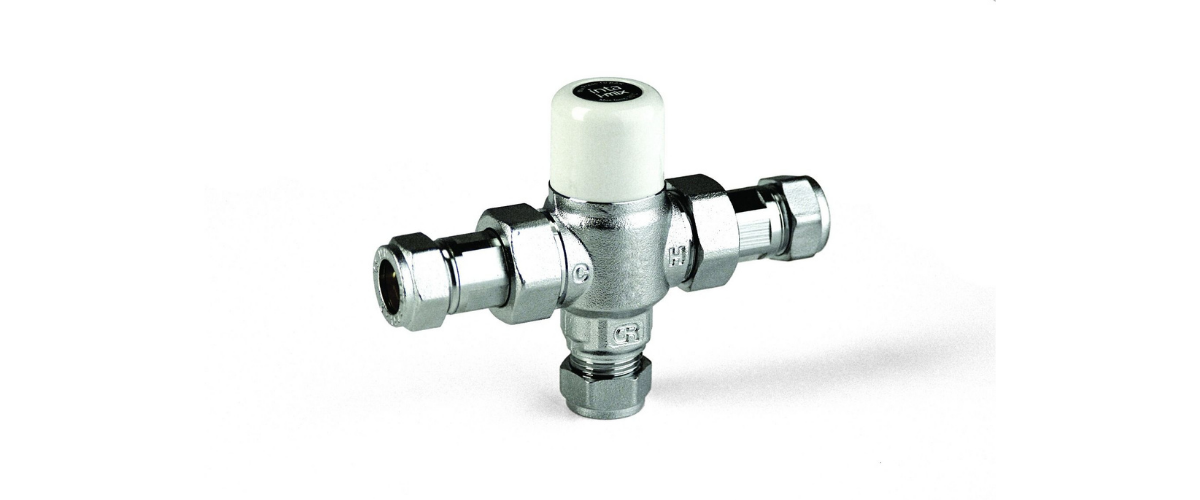How does a concealed cistern work?
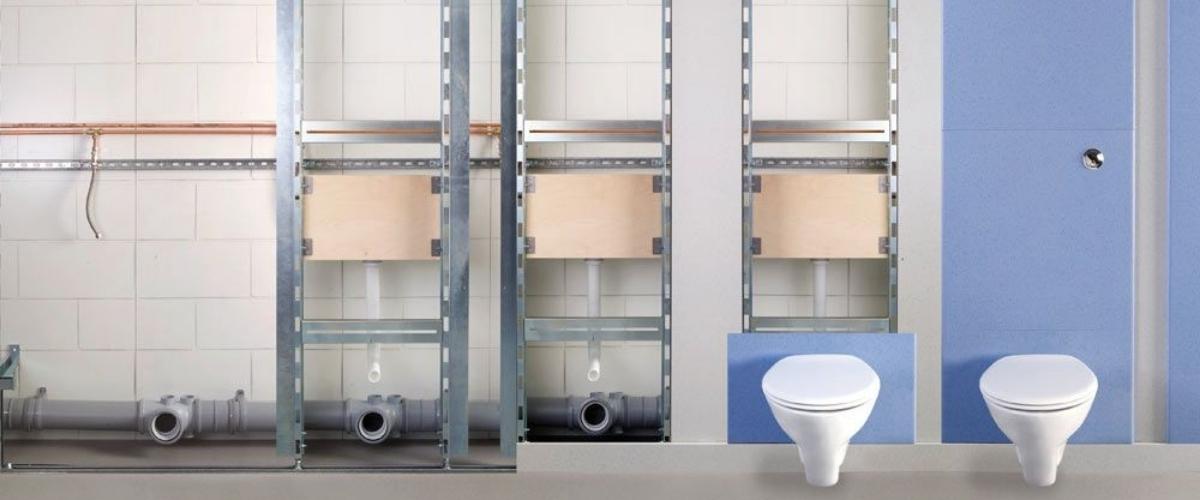
You may have heard the term concealed cistern used before, particularly if you’re discussing modern washroom design or considering a washroom upgrade. While this style of toilet operation is nothing new, it allows building managers to offer highly efficient washrooms with a reduced risk of vandalism or accidental damage. Here we explore…
What is a cistern?
The cistern is an integral part of a toilet, giving it the ability to be cleaned with fresh water. The cistern is a vessel, or small water tank that holds the right amount of water needed to flush away waste from the toilet pan.
Where are cisterns usually located?
Traditionally, cisterns are a visible tank that is situated behind and above the toilet pan. A close-coupled toilet, which is the type found in most homes, has a rectangular white Vitreous china water tank situated directly behind the user’s back. You may also remember high-level toilet cisterns being wall-mounted above head height behind the toilet pan with a long dangling chain hanging down to be flushed, a style once popular in most British schools. However, a concealed cistern is hidden out of sight, and away from tampering hands.
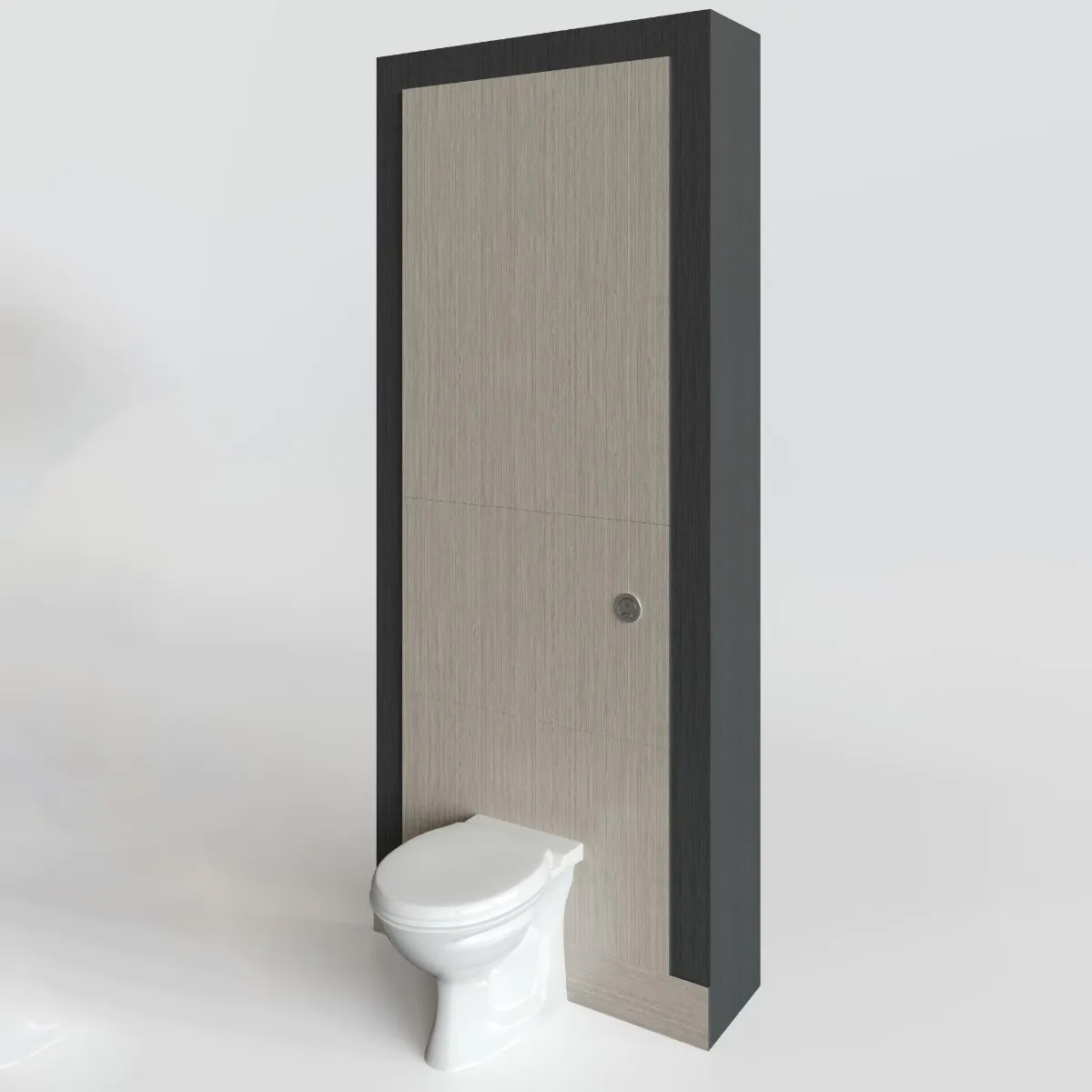

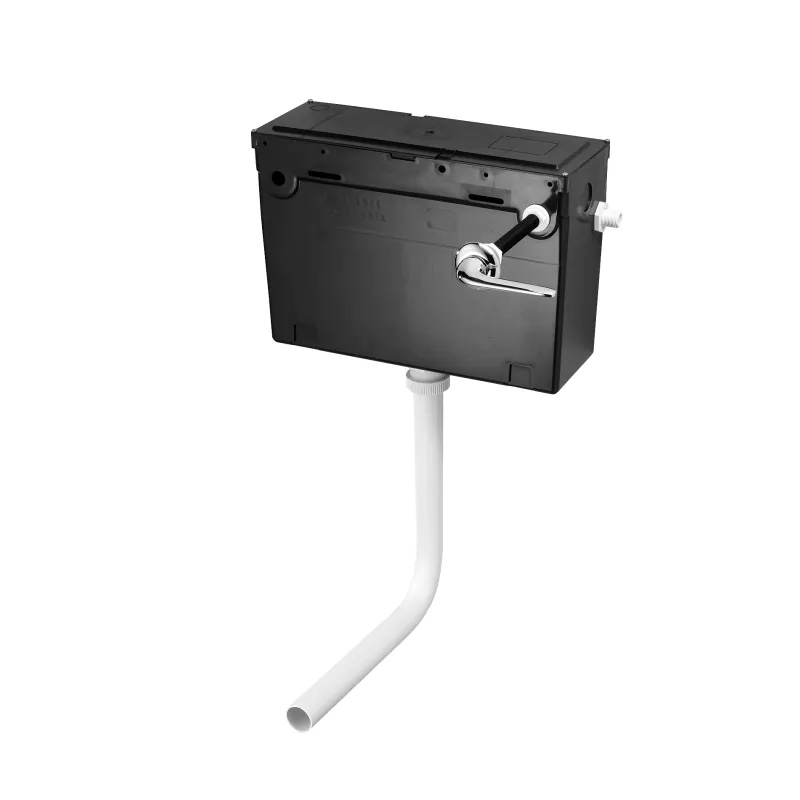

Why choose a concealed cistern?
A concealed cistern means that this chunky component of the toilet is hidden from view. This leaves you with a smart, contemporary finish where the only thing on view is the toilet pan itself. Concealed cisterns are plastic and are always used with wall hung and back to wall toilets, as well as urinals. Men's urinals require a cistern to feed the water for regular and efficient flushing, but what’s important to bear in mind is how concealed cisterns are installed.
The mechanics of a concealed cistern
Concealed cisterns are paired with various flush controls. Push-button flush controls, or lever-controlled flushes when activated lift the syphon inside the cistern to allow the stored water to pass down into the flush pipe and clean the toilet pan. This flushing mechanism can be a spring mechanism connected to the flush controls, or sometimes is carried out with pneumatic hoses. With a sensor activated flush kit, the lifting of the syphon is done automatically when a hand is waved in front of the sensor. When the cistern has emptied, the syphon sits back in place to create a water-tight seal and allow water to enter the cistern and be stored ready for the next user.
What is needed for a concealed cistern?
To bring concealed cisterns into your washroom you’ll first need to install IPS Panels or "DUCT" sets. This allows you to create an integrated plumbing system, a small false wall that leaves you with a service void in which to locate not just the concealed cistern, but all the mains water and waste pipes. When fitted, all these services are hidden behind panelling, leaving you with a clean, flush wall with just the toilet pan on show. As well as making your washroom much easier to clean and sanitise, it also works to protect your plumbing from accidental damage and tampering. This setup also makes it much easier to integrate sensor activated flush mechanisms, further improving the hygiene and safety of your wash space.
If you would like further advice on bring concealed cisterns into your commercial wash space, or to talk about our full design, specification and installation service, please get in touch with one of the team on 01202 650900
